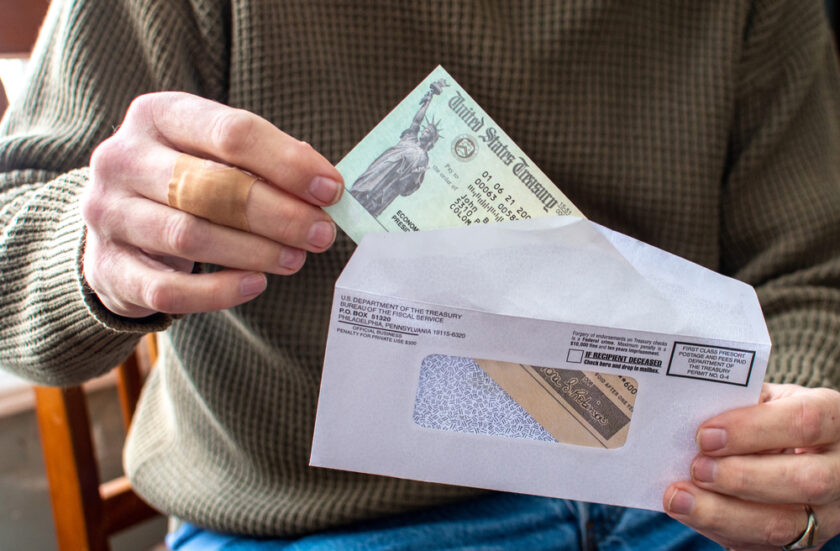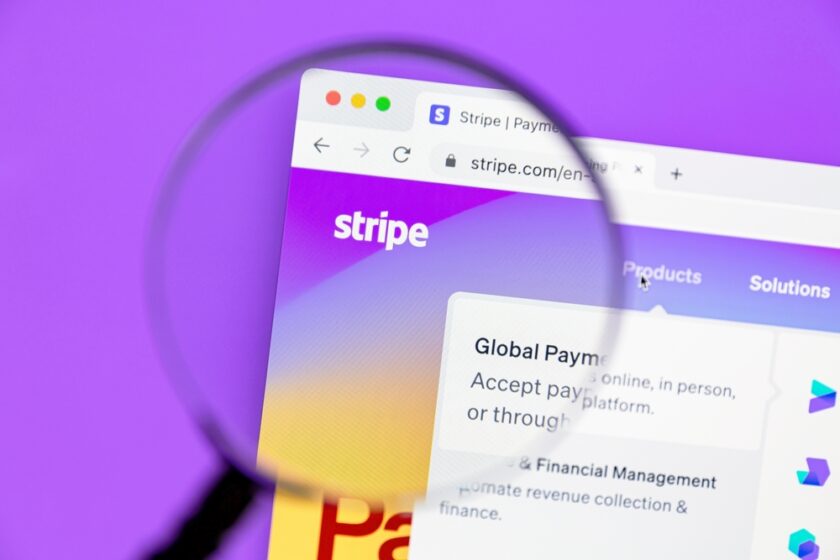Key Takeaways
• Going Digital: The president’s executive order mandates electronic funds transfer for essentially all federal payments by September 30, 2025.
• Cost & Risk Reduction Cited: The move aims to save money and reduce fraud, delays and inefficiencies, the White House said.
• Impact on Print Industry: The move potentially reduces business for printers who rely on government contracts for paper checks.
President Trump issued an executive order on March 25 that would phase out paper checks “for all disbursements, including intragovernmental payments, benefits, vendor payments and tax refunds,” in an effort to modernize federal payments and save money.
The executive order mandates that, effective September 30, 2025, “all executive departments and agencies must transition to modern, electronic funds transfer (EFT) methods like direct deposit, debit/credit card payments, digital wallets and real-time transfers.” There will still be reported exceptions for people without banking or electronic payment access, certain emergency payments, certain law enforcement activities and other special cases, though those have not been specified.

In addition to cost-saving measures – the executive order states that Americans paid more than $657 million in fiscal year 2024 for digitizing paper records – the executive order is designed to mitigate risks like fraud, delays, lost payments, theft and other inefficiencies.
The fact sheet released by the White House states that “digital payments are more efficient, less costly, and less vulnerable to fraud.”
According to statistics published by Public Tableau, the Federal Trade Commission received just over 6,000 check fraud reports in 2024, totaling losses of about $182 million. That’s compared to nearly 82,000 credit card fraud reports (with $231 million in losses) or 36,373 bank transfer fraud reports (with a staggering $1.8 billion in losses). With the executive order singling out digital wallets as one of the preferred payment methods, it’s worth reporting that there were 40,303 cryptocurrency fraud complaints, totaling $1.226 billion.
And though on the surface unrelated, it’s perhaps notable timing that the Trump administration would release an executive order to cut down on delayed or lost payment delivery and theft as former Postmaster General Louis DeJoy announced his immediate retirement this week, leaving the future of the United States Postal Service as an independent agency in question.
The check-nixing order also comes as the Elon Musk-led Department of Government Efficiency (DOGE – “coincidentally” sharing a name with an internet meme) ransacks various government agencies for what it perceives as inefficiencies and opportunities to cut costs.
Print Industry Perspective
While check usage in general has been in decline, especially people using personal checks, some businesses have preferred using them.
“Businesses continue to enjoy the ‘float’ when writing or utilizing a paper check – meaning the money stays in the business owner’s account longer,” Tommy Gillis, managing member of CFC Print & Mail told PPM in 2023.
Printers are continually adding security features, too, to limit the possibility of check fraud. Those features can be opportunities for larger or more profitable orders for the printer.
“Value-add upselling adds margin [and] increases security,” Gillis said. “Upgrades that add costs and add layers of security – example: void pantograph, level 2 or level 3 security paper that is watermarked – are often attractive alternatives to present to end-user customers.”
The government is often cited as one of the top sales verticals in the print industry, so Trump’s order has the potential to eat into printers’ business. Certain government initiatives serve as reliable sales nailed onto the calendar year after year. With the Trump administration having long been vocal about its opposition to mail-in ballots come election time, there is more potential down the road for printers to lose consistent business with the government.



